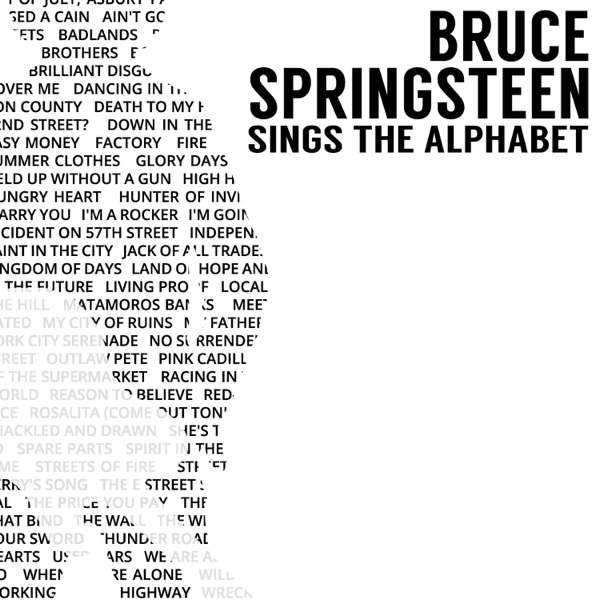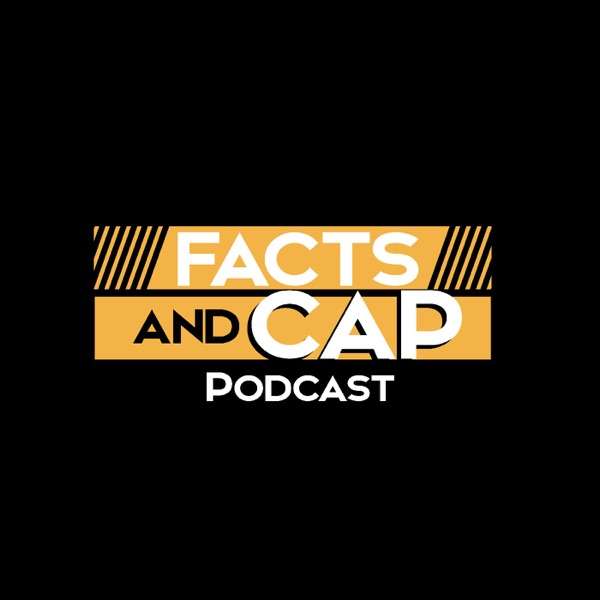As musicians, we all want to deliver the best possible performance, but sometimes nerves or distractions can get in the way.
Creative visualisation is a technique that involves using mental imagery to create or recreate experiences in our minds. By visualising a particular scenario or outcome, we can help prepare ourselves for it and increase the chances of it happening in reality. Creative visualization is a powerful tool that can help us overcome inner obstacles and give us an additional tool to ensure that we have the chance to perform at our best.
One of the key benefits of creative visualisation is that it can help build confidence in our abilities as musicians. By visualising ourselves performing at our best, we can create a positive mental image of ourselves as capable and skilled musicians. This can be especially helpful for musicians who struggle with self-doubt or negative self-talk.
When we believe in ourselves and our abilities, we're more likely to take risks and perform with conviction.
Another way to use creative visualisation is to mentally rehearse challenging performance situations. For example, if you're nervous about playing a solo in front of an audience, you could visualise yourself playing the solo flawlessly and receiving a positive response from the audience. By doing this, you're preparing your mind and body for the actual performance and increasing your chances of success.
Visualisation can also be used to improve our physical technique on our instrument. By mentally rehearsing difficult passages, we can help train our muscle memory and make it easier to execute those passages accurately and effortlessly. This can be especially helpful for musicians who struggle with tension or physical discomfort while playing.
In addition to using visualisation on our own, we can also use it in collaboration with our teachers or coaches. For example, a coach might guide us through a visualisation exercise that helps us overcome a specific technical challenge or mental block. Alternatively, a teacher might ask us to visualise ourselves performing a piece in a particular style or with a specific musical expression, helping us to better understand the musical intent and communicate it through our playing.
When using creative visualisation, it's important to make the mental imagery as vivid and detailed as possible. Try to engage as many senses as you can - imagine the feel of the instrument in your hands, the sound of the music, the sensation of the stage lights, and so on. The more vivid the mental image, the more effective the visualisation will be.
It's also important to practice visualisation regularly, ideally incorporating it into your daily practice routine. This will help you build up a strong mental image of yourself as a confident and skilled musician, and make it easier to access that mental state when you need it during a performance.
One of the main benefits of creative visualisation is that it can help reduce anxiety and nerves before a performance. If we can mentally rehearse the scenario and feel confident in our abilities, we're much more likely to feel calm and collected when the time comes to perform. Visualisation can also help us develop a sense of control over the situation, which can be especially helpful in high-pressure performance situations. In the case of musicians, this might mean visualising ourselves performing flawlessly on stage or nailing a difficult passage in a piece we're working on.
But creative visualisation isn't just about reducing anxiety. It can also help us improve our technical skills and musicality. By visualising ourselves playing a piece with perfect technique and musical expression, we're training our brains to recognise and replicate those qualities in our actual playing.
Visualisation can also help us identify areas where we may need to focus our practice, such as difficult technical passages or tricky musical phrases.
Another benefit of creative visualisation is that it can help us stay focused and present during a performance. By mentally rehearsing the piece beforehand, we're better able to stay in the moment and react to any unexpected changes that may occur. This can be especially important in ensemble playing, where we need to be aware of our surroundings and respond to the other musicians around us.
So, how do we actually go about using creative visualisation as musicians? There are a few different approaches you can take. One is to simply close your eyes and visualise yourself performing a piece from start to finish, imagining every detail from the way your fingers move on the instrument to the sound of the audience applauding at the end. You can also focus on specific aspects of the performance, such as a difficult passage or a particular musical phrase that you want to improve.
Another approach is to use guided visualisation exercises. These can be found online or in books on the topic, and typically involve listening to a recording or reading a script that guides you through a visualisation exercise. These exercises may be general or specific to a particular piece or performance situation.
It's important to note that creative visualisation isn't a magic cure-all for performance anxiety or technical challenges. It's simply one tool that we can use to help us prepare for a performance and improve our skills. It's still important to put in the necessary practice time and take care of ourselves physically and mentally leading up to a performance.
It's worth noting that creative visualisation isn't a substitute for actual practice. While visualisation can help improve our skills and prepare us for performances, it's still important to put in the necessary practice time and effort to develop our technique and musicianship. Think of visualisation as a supplement to your practice routine, rather than a replacement for it.
In conclusion, creative visualisation is a powerful tool that can help musicians improve their performance skills, build confidence, reduce anxiety, and stay focused and present during a performance. By using visualisation regularly and making the mental imagery as vivid as possible, we can train our brains to recognise and replicate the qualities we want to exhibit in our playing.
I’m going to leave you with a question….”What are you going to visualise today which will benefit your own musical performance?”

 Our TOPPODCAST Picks
Our TOPPODCAST Picks  Stay Connected
Stay Connected







